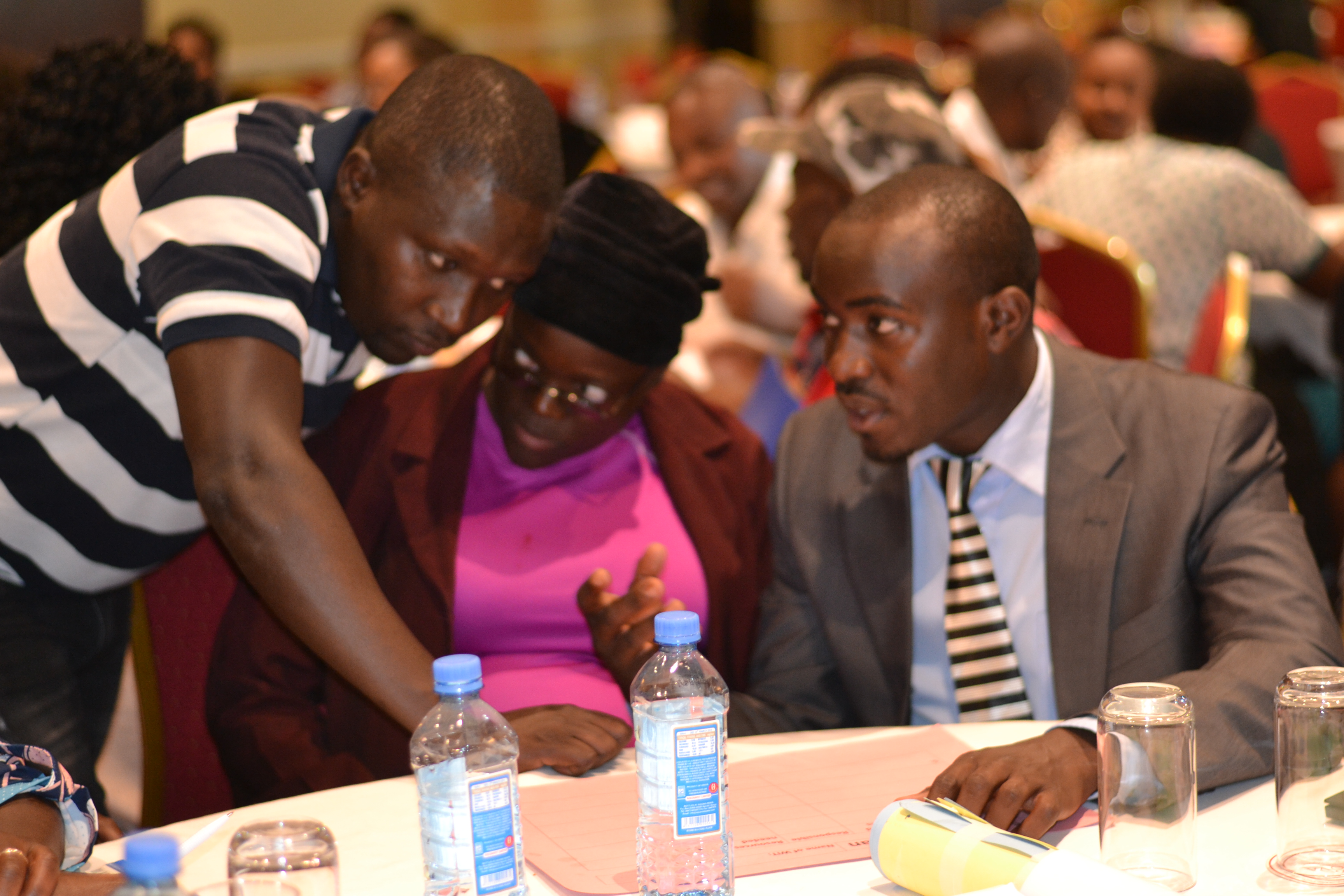Making an impact on community health through USAID SQALE

One of the core principles of QI in Community Health Services is the use of data to analyse working practices and whether we are meeting minimum standards for service delivery. This session in the 2019 Learning Event focused on how WITs measure impact and what monitoring and evaluation activities are in place.
Impacts as a result of the programme included:
- 95%-100% reporting from the CHVs to the CHEWs
- Timely reporting by the CHVs to the CHEW and also reporting by the Sub-County Health Records Officers (SCHROs) to the DHIS
- The quality of the data reported has significantly improved through WITS coaching and learning
- There is adequate usage of the tools and relative consistence of the data compared in different tools i.e. from MOH 100, MOH 513, MOH 514, MOH 515 and MOH 516
- Increase in the number and the way meetings are held. All WIT members attending and actively participating
- The CHVs know what they are doing and they take it seriously
- Improvement of referral from the community to the facility and follow-up to the community by the CHVs
- CHEWs are now keen on checking the quality of data given to them by CHVs and advising them where to concentrate
- Improvement in documentation in terms of WIT meetings minutes taking, filling, filling of the tools and storage of the tools
- Increased cooperation between the CHVs and the CHEWs and between the CHEWs and the facility personnel. They now know that they need one another to succeed
Participants felt that community level work is now more focused on data and indicators. Because of QI training, CHVs can identify problems and independently strategize about how it might be solved. They understand indicators where previously many did not and are clear about how to fill in the reporting tools.
The WIT structure and the feeling of making progress on challenges is motivating and the new health system architecture developed through the USAID SQALE programme helps CHVs feel like they belong to the system. There is a feeling that data belongs to them and it is not for the county or somebody else. Data is used to structure agendas which makes these meetings more constructive and strategic. Furthermore, it has led to better filing and record keeping.
Participants felt that the Community Follow Up Tool has allowed CHVs to hear what these people think about the community services. It has also prompted them to visit households that they may have missed in the past as they know that there will be a process of follow up.
Participants explained that in terms of health impacts and outcomes, the community has developed health seeking behaviours with some women asking for CHV visits and others visiting without being referred. In some places pregnant mothers’ support groups have been formed. There is a clear increase in the number of pregnant women who are delivering in health facilities. Through increased MUAC usage, there has been greater malnutrition identification and referrals to the health facility. There has been a reduction of neonatal and maternal deaths as mothers have been advised about going for all the four ANC visits.
CHVs are able to track the number of referrals made but not necessarily whether they are taken up. In Nairobi county they developed an ANC tracking register. For a baseline they took note of women who had delivered and reviewed how many ANC visits they had made from their ANC booklet. Now they map pregnant women and follow them for a year to see how many attend ANC. This allows them to see whether improvements have been made.
There are challenges in making and demonstrating impact. The community is highly dependent on CHVs to remind them and follow up about referrals otherwise they do not always attend. Furthermore, HIV positive mothers are not keen to share their booklets with the CHVs because they fear stigma and discrimination if their status becomes known. While USAID SQALE has made tools available to certain CHUs they are not available to all of them. There are inconsistences in the data between the 514, 515 and DHIS tools.
While WITs have been trained on the use of data i.e. graphs interpretation and analysis there are areas that could be strengthened. For example, they rarely use the data in the DHIS, and depend on what they are told by the SCHROs. It would be useful if they were given rights to view data in DHIS and trained on how to navigate it.